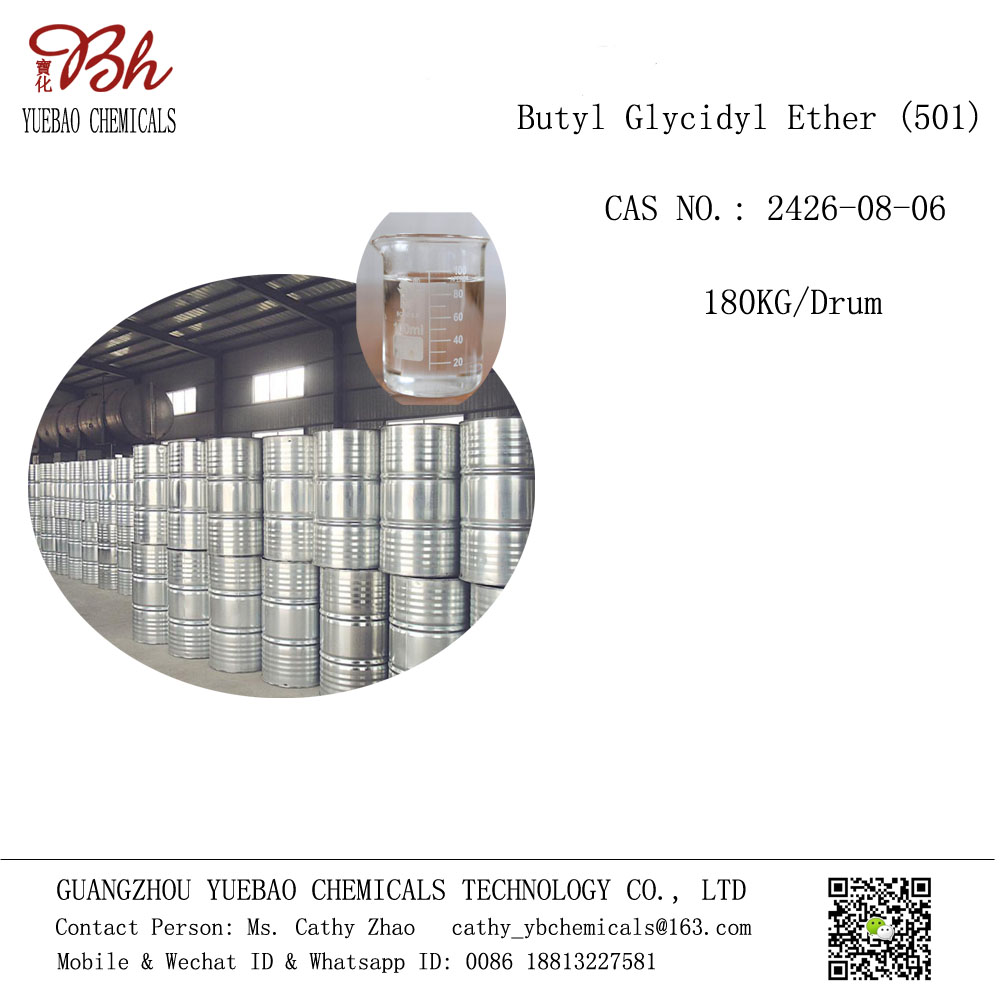The role of thinner in paint
Back to listSource: Release date:[2017-08-29 13:32:00] | Add to Favorites
The link of reconciling paint and thinner is necessary, because the thinner provides the corresponding solvent power, viscosity, volatilization rate and so on for the paint. Then, let’s look down with Yuebao Chemical. Thinner What are the specific roles played in paint?
1. Solubility: For paints of different systems, different types of solvents need to be selected. Because not all solvents can dissolve the same resin. The dissolution of the resin by the solvent follows the principle of similar polarity, the principle of similar solubility parameters, and the principle of solvation. When designing the diluent formula, it is necessary to make the formulated diluent fully dissolve the selected resin, and comprehensively consider the cost and other factors. A good diluent formula will contain real solvents, co-solvents and diluents, and achieve some balance.
2. Viscosity: In the coating preparation process, we also hope that the resin solution with the same concentration (or solid content), the lower the viscosity, the better. In this way, when the same construction viscosity is reached, the solid content of the paint solution is higher, so that the construction efficiency is improved, and the amount of solvent volatilized into the atmosphere is relatively small, and the pollution to the environment is lighter. The solvent has a great influence on the viscosity of the coating due to its ability to dissolve the polymer and its own viscosity.
3. Evaporation rate: The dried coating film is formed during the volatilization of the solvent. In this process, the role of the solvent is to control the flow characteristics of the coating film formation. If the solvent volatilizes too fast, the coating film will neither level nor wet the substrate enough, and thus cannot produce good adhesion. Solvents that volatilize too quickly can also cause the coating film formed by the condensation of water vapor on the surface of the wet film to whiten due to rapid cooling. If the solvent evaporates too slowly, not only will the drying time be delayed, but the coating film will sag and become very thin. In the process of solvent volatilization, a suitable volatilization gradient must also be maintained. If the solvent composition changes undesirably during the volatilization process, resin precipitation and coating film defects will occur. Therefore, the volatilization rate of the solvent is a very important factor that affects the quality of paint and coating film.
4. Surface tension: The surface tension of the solvent will affect the surface tension of the coating. In coatings, surface tension is an important indicator. Low surface tension is beneficial. It has good effects on the wetting and dispersing of pigments, the wetting of substrates, the leveling of coating films, the adhesion to substrates, the atomization performance of spraying, and the prevention of surface defects (such as sinking) of coating films. Holes, shrinkage holes, mirror frames, etc.), all have a positive effect. When designing the formula, the surface tension of the solvent must be fully considered.
5. Resistivity: Different solvents have different resistivities, and for electrostatic spraying, resistivity becomes an important indicator. The best paint resistivity is one of the necessary parameters for electrostatic spraying construction. When the paint is applied by electrostatic spraying, some paints that are not easy to be charged are often encountered. By adjusting the solvent formula, such as adding a small amount of diacetone alcohol to the baking paint formula, the resistance can be reduced to a resistance suitable for construction. .
Next:Epoxy floor paint construction process Previous:Popularization of Stearic Acid Knowledge
【Recommend News】
- 2021.11.24DIMETHYLAMINOPROPYLAMINE (DMAPA) MARKET - GROWTH, TRENDS, COVID-19 IMPACT, AND F
- 2021.11.02TEAM
- 2021.11.02CORPORATE CULTURE
- 2017.12.05Specifications and uses of 1631 emulsifier
- 2017.11.30Application fields of 1816 tertiary amine






